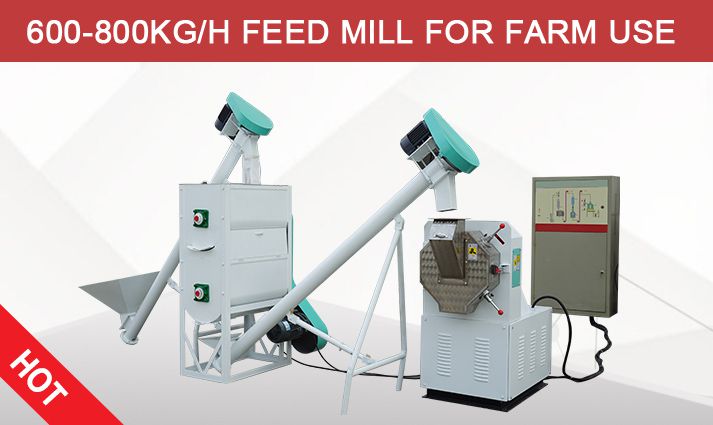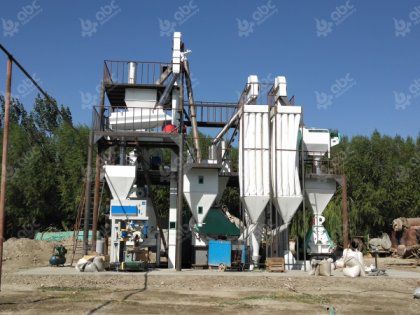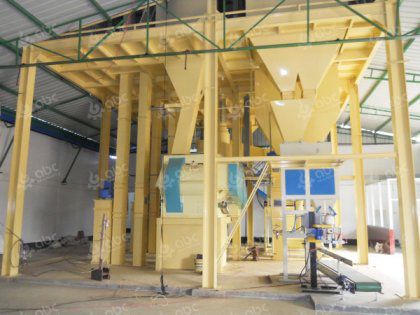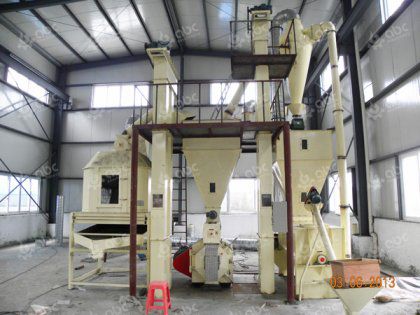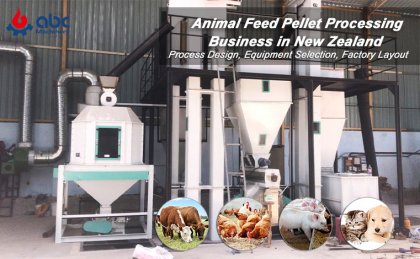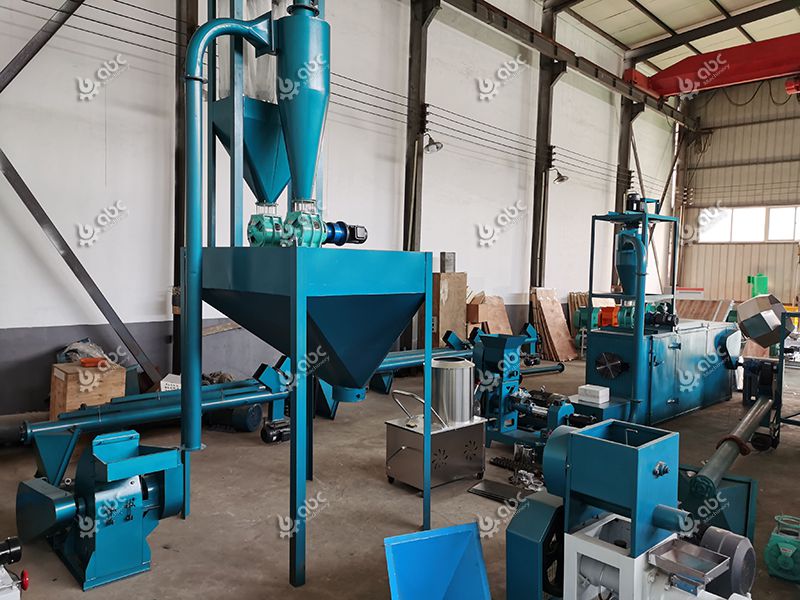Feed pellet is a kind of pretty solid feed with excellent nutritional value. Now understanding types and nutrition value for various feeds is the key to balanced growth and good health for your horse. Baled Hay is probably the commonest feed type which is prevalent. Although, a significant number of horse owners are switching to making pellets. There is a good indication for it too. In fact, there are a number of reasons:
Pellets take up far less space than any other kind of feed, especially baled hay of equal weight. With more storage capacity, you can consider stocking more. Probably, even get a discount, if buying in bulk quantities.

Horse feed pellets advantages
- Pellets are cleaner, safer and easier to store and transport due to compactness, and they won’t freeze in their bags.
- Packed Feed Pellets have their nutritional value clearly listed on the packaging itself. So you precisely know what and how much are you feeding to your horses.
- In case you’re self-milling to make the horse feed pellets, by carefully planning the number of grains and seeds of each type, it’s possible to accurately estimate and construct a balanced diet per pellet with complete nutritional value, comprehending vitamins and minerals.
- During pellet formation, grains and hay are exposed to a significant amount of heat and steam, rendering the pellets relatively cleaner, disinfected than other forms of feed.
- Pellets are chew-friendly, for all horses but especially for older ones. The pellets which are otherwise heat resistant, but dissolve quite easily in the digestive tract of a horse.
- Pellets reduce wastage, not only during storage and transportation but also during consumption by the horse. Since all components in the feed are pelted together, horses cannot eat selectively leaving portions of hay lying around.
How to make horse feed pellets?
A community of horse owners likes to make the pellets in-house as opposed to buying. This gives them more control over the quality, quantity and contents of the pellets they want to mill customized to the age of their horses, among other considerations. Here’s a crude but it works on how you should go about making feed pellets yourself using a pellet mill.
(Related reading: Pig Feed and Horse Feed Pellets Mill Machine Shipped To Belize>>)
Start with raw materials, good quality of grass or hay, grains and oats with nutritional value, along with any vitamin or mineral supplements, you may want to add depending on the age and specific to the horse’s condition.
The above-mentioned components first go through a grinder and turned into nearly fine powder.
The powder thus obtained may be further refined using a sieve and is then fed into a mixer together in proportion with other powdered components. An additive may be added as well in this stage for better taste if required.
Next, the well-mixed powder now goes into the feed pellet mill, wherein it’s cooked with steam and processed to form pellets.
The pellets must be cooled or dried in the sun, before packaging in bags for storage or fed to horses.
Industrial pellet mills can churn out pellets at a huge rate and with least manual labor as compared to home-based horse feed pellet making machine.
Overall, considering that the horse feed pellets work great as a base feed as well as a nutritional supplement, it would be unwise to not consider their use for better health and also a better performance of your horses.


